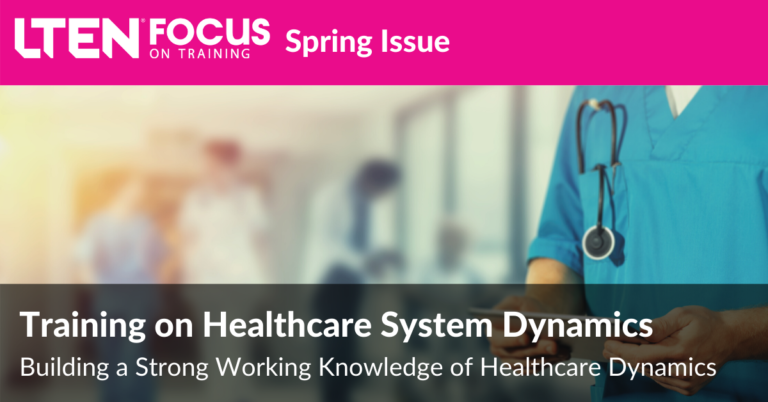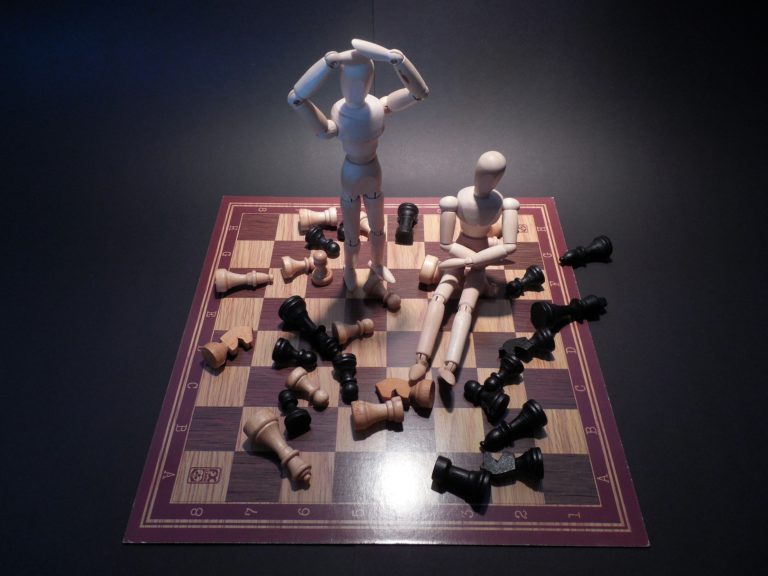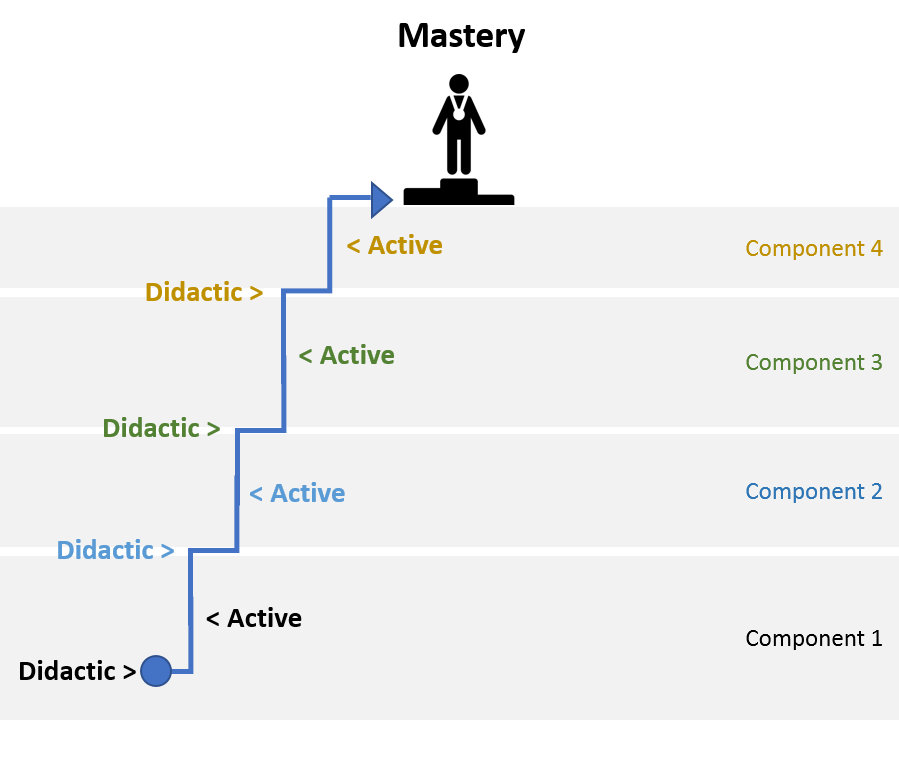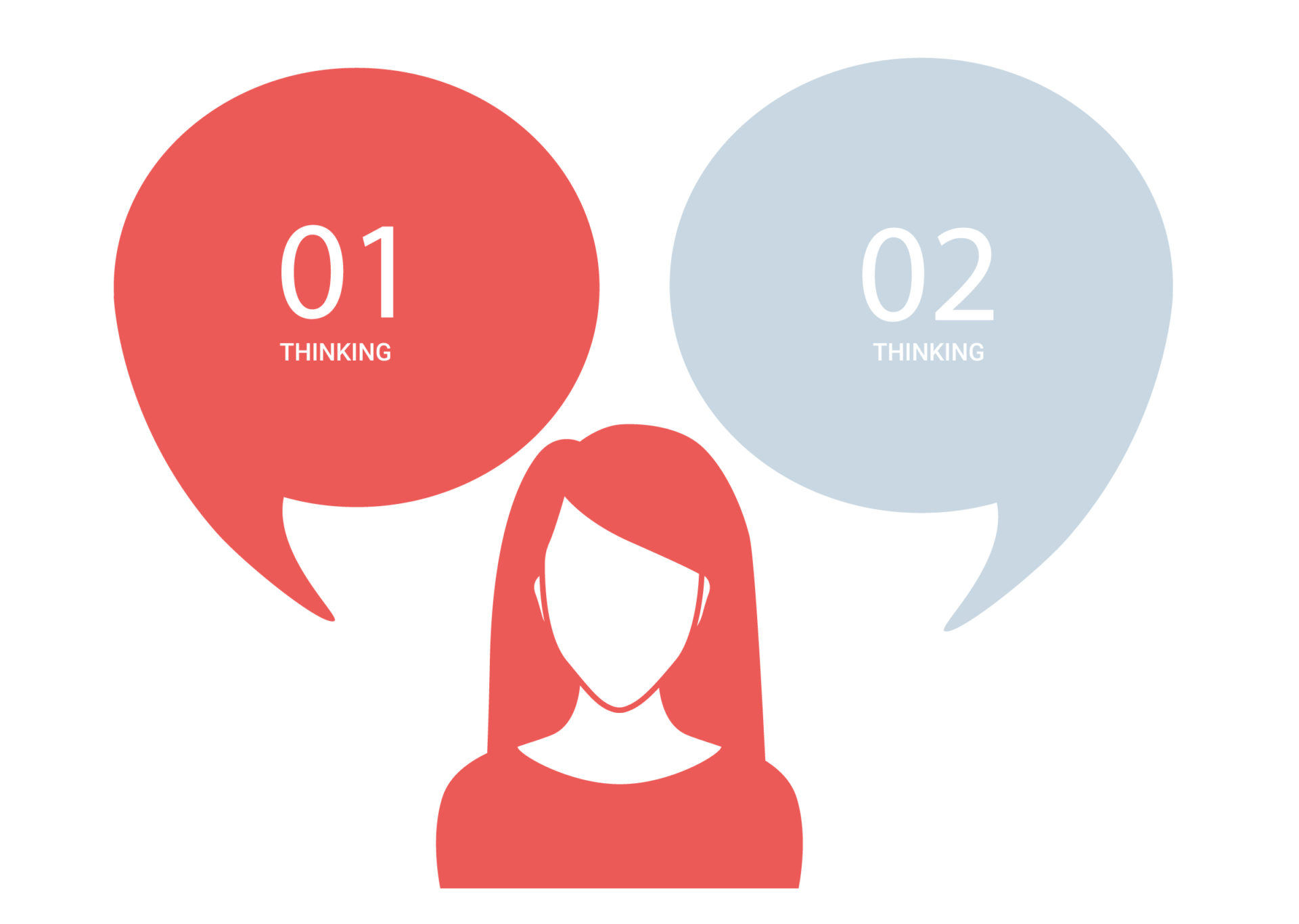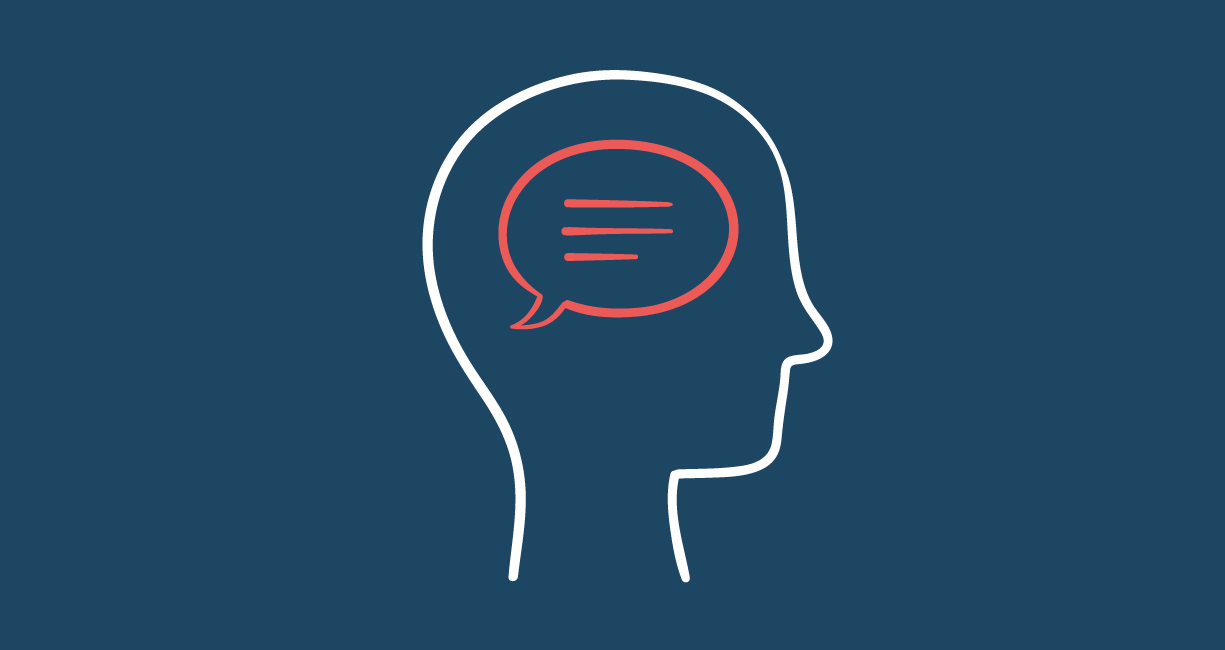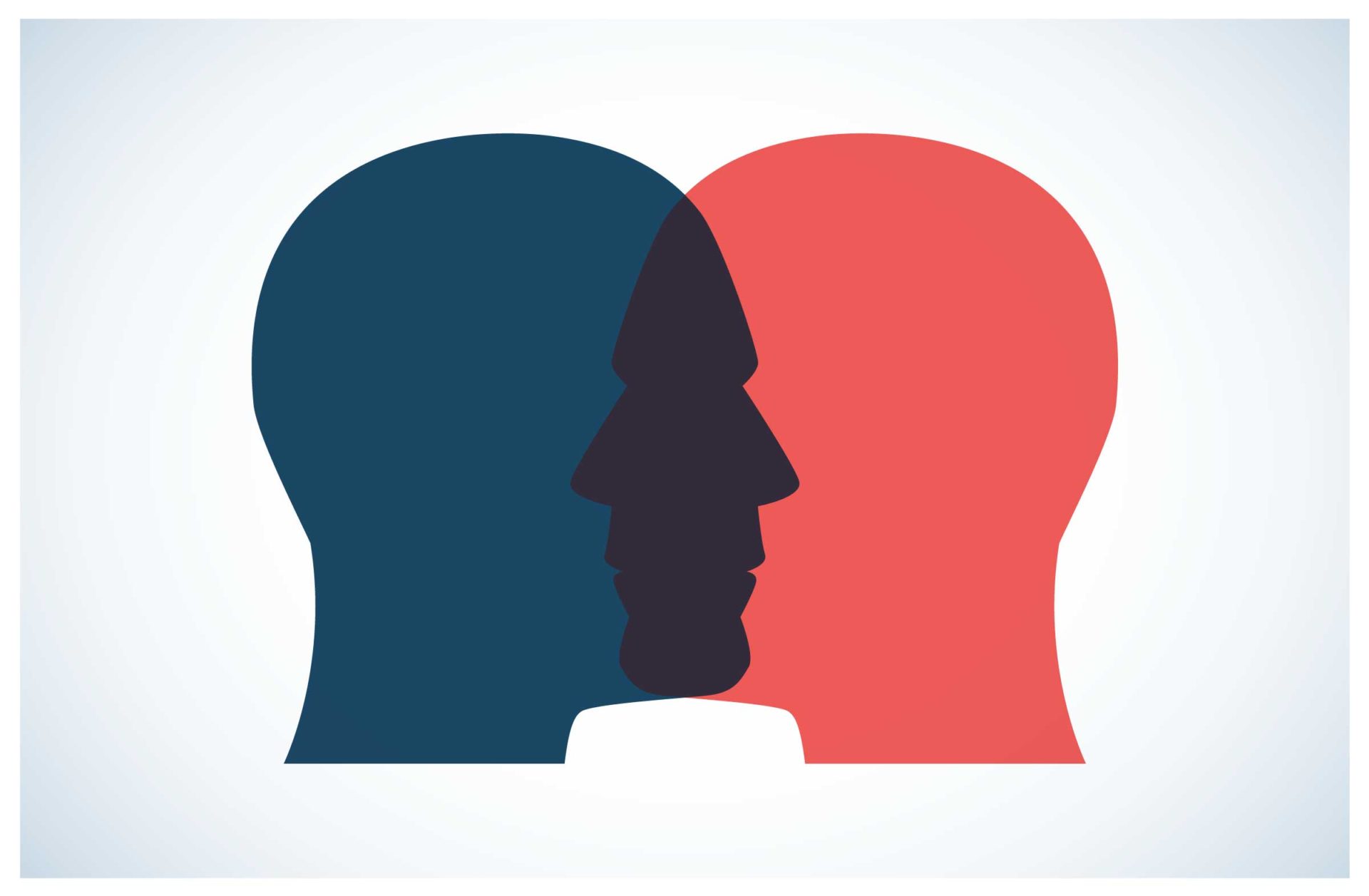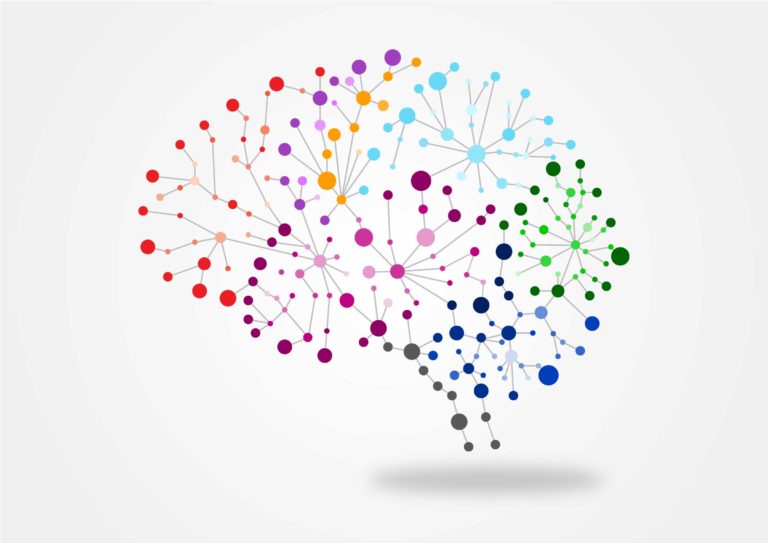Article • July 15, 2020
How Metacognition Can Help You Get the Most from Virtual Learning Environments
Over the past couple of months, a lot has been written in the Learning and Development (L&D) world about the COVID-19 pandemic and its impact on learning design. We’ve all read—or written or recorded—about how L&D teams are transitioning learning programs from live in-person formats to virtual formats and the challenges that brings. Today, I want to go a bit deeper and address this question: How can enhancing metacognitive skills boost learning in a virtual environment?
What is metacognition?
Metacognition is most simply defined as, “thinking about thinking” (Flavell, 1979). One is being metacognitive when questions such as, “Why is it I have such a hard time remembering names?” or “How come this email isn’t making sense?” or “What assumptions am I making in this decision?” are either said out-loud, or more likely, echo within the confines of our heads. (More on that in a moment)
Going a little deeper, metacognition is often divided into two distinct components: a knowledge component and a monitoring and control component (Fernandez-Duque, Baird, & Posner, 2000). Different researchers may use varying terms, but the concepts are basically consistent.
The knowledge component relates to one’s knowledge about how humans think and the processes the brain executes to support thinking. These include memory, attention, perception and decision making, to name a few (Pintrich, 2002). One would have high metacognitive knowledge if they knew the rule of 5 +/- 2, that efficient multitasking is an oxymoron and that the black/blue dress internet sensation is due to color constancy, which is when our brain attempts to interpret colors based on past experiences and lighting effects.
The monitoring and control component refers to the self-reflective, higher-order cognitive actions taken to regulate ongoing cognitive processes (not only thinking about thinking, but actively trying to think more effectively) (Roebers, 2017). Think of this like the so-what component. Now that you know the dress can literally be seen differently due to the brain’s visual perception pathways, what steps do you take to assess and evaluate information you receive via visual perception?
Someone is engaged in monitoring and controlling their metacognition when, knowing the rule of 5 +/- 2, they chunk a list of 15 statistics and facts into three to four categories to increase the accuracy of recalling them. Other examples of monitoring and controlling metacognition could include when:
- Knowing the myth of multitasking, a person logs off of email when embarking on completing a demanding thinking task
- Knowing the variability of visual perception, a person recognizes that a colleague might really perceive a customer’s intentions as benign while they saw them as dismissive.
How metacognition relates to virtual learning environments
Research supports that learners with strong metacognitive knowledge, monitoring and control skills will learn better than one whose skills are more limited (Ford, Weissbein, Smith, Gulluy, & Salas, 1998). This holds true for in-person and virtual learning environments. However, those skills become even more critical with virtual formats.
With virtual learning formats, learners are more often at home, and the home environment typically has more distractions with which learners must contend. This pertains to both adults learning and children homeschooling. In addition, the very nature of virtual learning (lack of cues, increased cognitive load, etc.) and the added stress of the current times can conspire to further challenge the attention of even superheroes, thus limiting learning’s impact.
All of this makes learning harder for the learners, unless they empower their metacognitive skills. By doing so, they must be more self-regulated and employ greater metacognitive skills to truly absorb new information and be able to use it. The problem is, those skills are often underdeveloped for most learners.
To help students get the most from any training, L&D needs to help them boost their skills in self-regulated learning and metacognition. For example, research has shown that, “when metacognition is effectively taught in schools then there is a very positive effect on pupil outcomes.” (Perry, Lundie, & Golder, 2019)
It stands to reason that teaching metacognition will help adult learners, as well. But how to do that? Should we teach learners metacognitive theory by itself and then hope for the best? Or is there a better way? Before reading on, think about that question for a moment and see if you can think of a better way.
Boosting skills in self-regulation and metacognition
While there is some utility in teaching learners about metacognition as a “stand-alone” subject, that’s not the preferred way. Instead, the priority should be on teaching metacognitive skills in the context of the domain in question, as research has shown that will have the greatest impact on learning (Veenman & Beishuizen, 2004). In short: integrate metacognitive training into the core subject matter.
But what does that look like? How can we encourage learners to think more deeply about how they’re thinking? Below are a few techniques.
Content Reflection – Ask learners to think about the material they are reviewing and answer a few questions to themselves. This is most useful in pre-reading or home study situations. For example, you might ask learners:
- What parts of this material are most difficult for you?
- What parts are the easiest to grasp?
- What is most familiar to you, or most closely related to things you already know?
Asking learners to categorize the content and reflect on it gets them to more deeply engage with it. Plus, it focuses attention on areas that might be more difficult for them.
Self-Monitoring – Have learners set goals for themselves and monitor their own progress. For an exercise or pre-read packet, for example, you might ask the learner to estimate how long it will take him or her to get through it. Then, ask the learner to set a timer for halfway through. When the timer goes off, have the learner evaluate their progress. Are they ahead, on track or behind? Have them think about why. If they are behind, have them articulate to themselves why they think they are behind (i.e., What’s been giving them the most difficulty?)
Self-Directed Learning Strategies – Ask the learner to focus on an area or areas of content that are the hardest for them to understand (or those things that are causing them to fall behind). Then, have the learner outline several strategies he or she could use to boost performance. Those strategies might include a 15-minute call with the instructor, a quieter learning environment, or any number of others. Encourage them to articulate a few ideas that might be helpful.
Process Reflection – When asking learners to create a deliverable or complete some type of exercise, have them do “talk-alouds” or self-reflections on the approaches or processes they used. For example, when creating a SWOT analysis, it might be helpful for a learner to stop and articulate out loud the process he or she used to identify threats or strengths. Then, ask the learner to answer if it was a good process and why or why not. Finally, you could encourage them to outline ways to make their process(es) better.
Self-Regulated Retention Strategies – At key points in self-directed learning, it’s sometimes helpful to ask the learner to pause and think about how they are trying to absorb content. Have them answer a few questions to themselves such as:
- What approaches am I using to absorb this content?
- Given the limitations of short-term memory, what am I doing to overcome my own brain’s barriers to retention?
By compelling the learner to truly think about how they’re learning, you also encourage them to think of different or better ways to overcome barriers and learn more effectively.
What about your ideas?
These ideas mentioned above offer just a few ways L&D professionals can incorporate metacognitive training into their programs to improve results. And while we are talking about these ideas in the context of virtual training, it’s important to remember that they can apply to all types of training.
What do you think about the ideas listed above? Which ones would be easiest for you to apply to your own programs? Which ones would be most difficult to apply? Do you have other ideas that aren’t reflected above? I’d love to hear your thoughts…
Works Cited
Fernandez-Duque, D., Baird, J. A., & Posner, M. I. (2000). Executive Attention and Metacognitive Regulation. Consciousness and cognition, 288-307.
Flavell, J. H. (1979). Metacognition and cognitive monitoring: A new area of cognitive–developmental inquiry. American Psychologist, 906-911.
Ford, J., Weissbein, D., Smith, E. M., Gulluy, S. M., & Salas, E. (1998). Relationships of Goal Orientation, Metacognitive Activity, and Practice Strategies with Learning Outcomes and Transfer. Journal of Applied Psychological , 218-233.
Perry, J., Lundie, D., & Golder, G. (2019). Metacognition in schools: What does the literature suggest about the effectiveness of teaching metacognition in schools? Educational Review, 483-500.
Pintrich, P. R. (2002). The Role of Metacognitive Knowledge in Learning, Teaching, and Assesing. Theory into Practice, 219-225.
Roebers, C. (2017). Executive function and metacognition: Towards a unifying framework of cognitive self-regulation. Developmental Review, 31-51.
Veenman, M. V., & Beishuizen, J. (2004). Intellectual and metacognitive skills of novices while studying texts under conditions of text difficulty and time constraint. Learning and Instruction, 621-640.


